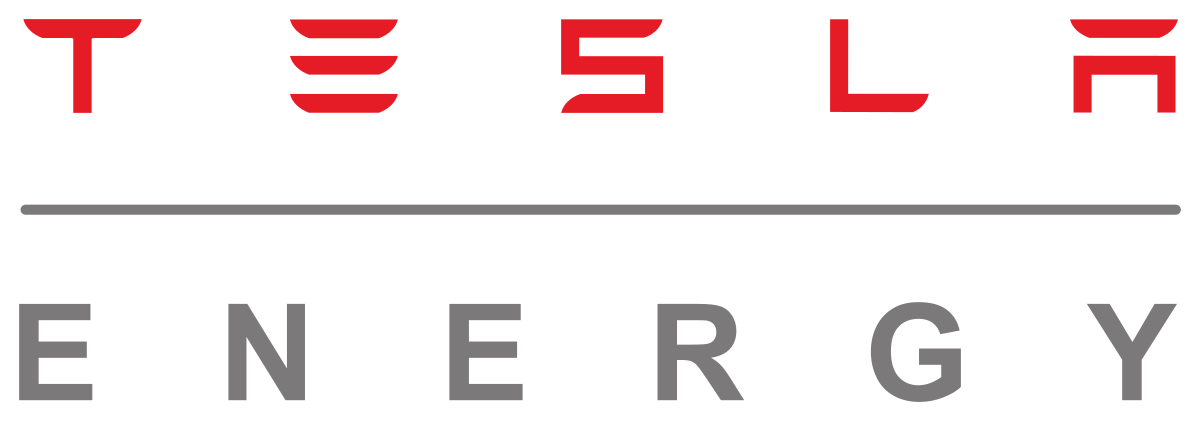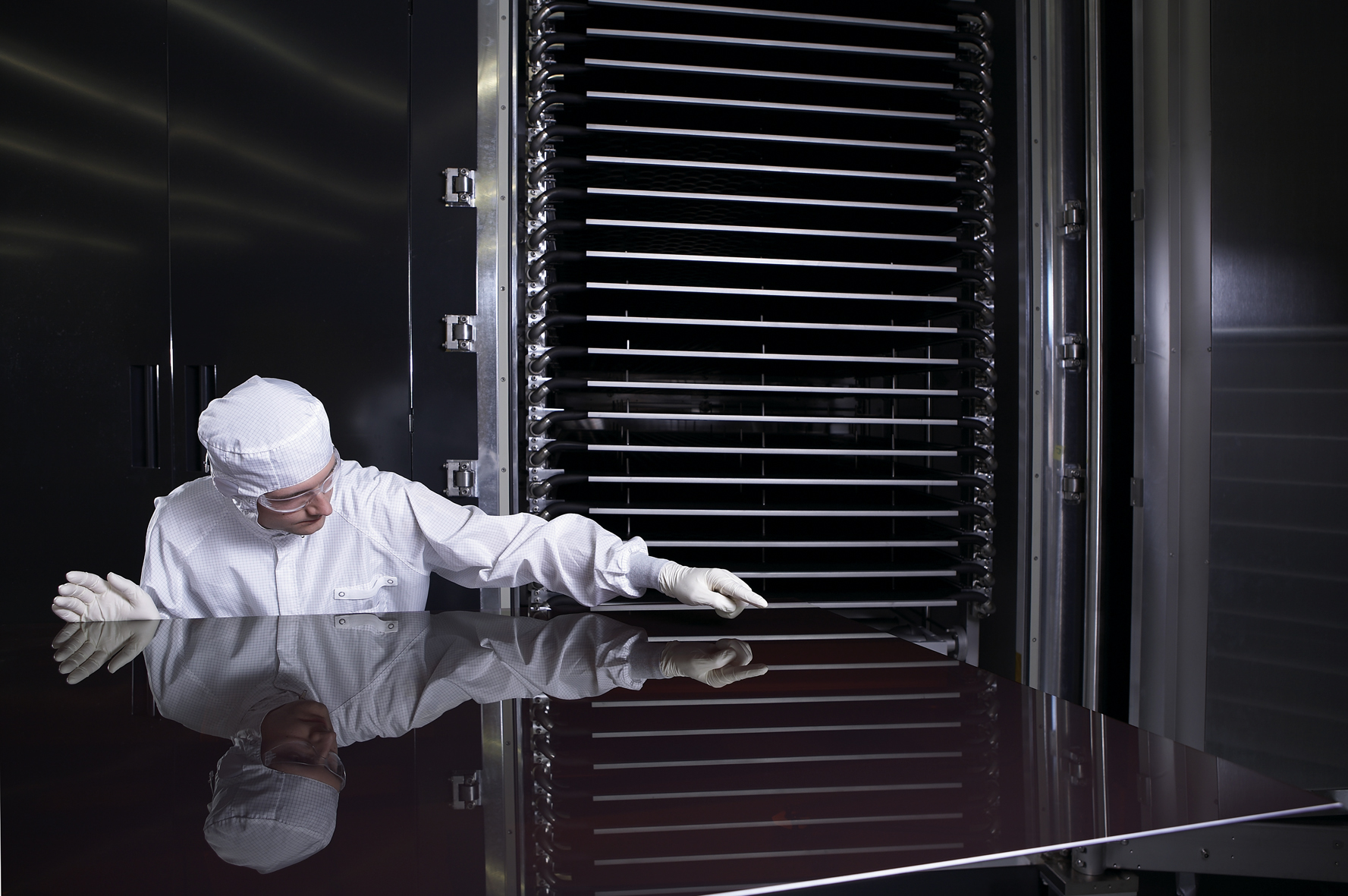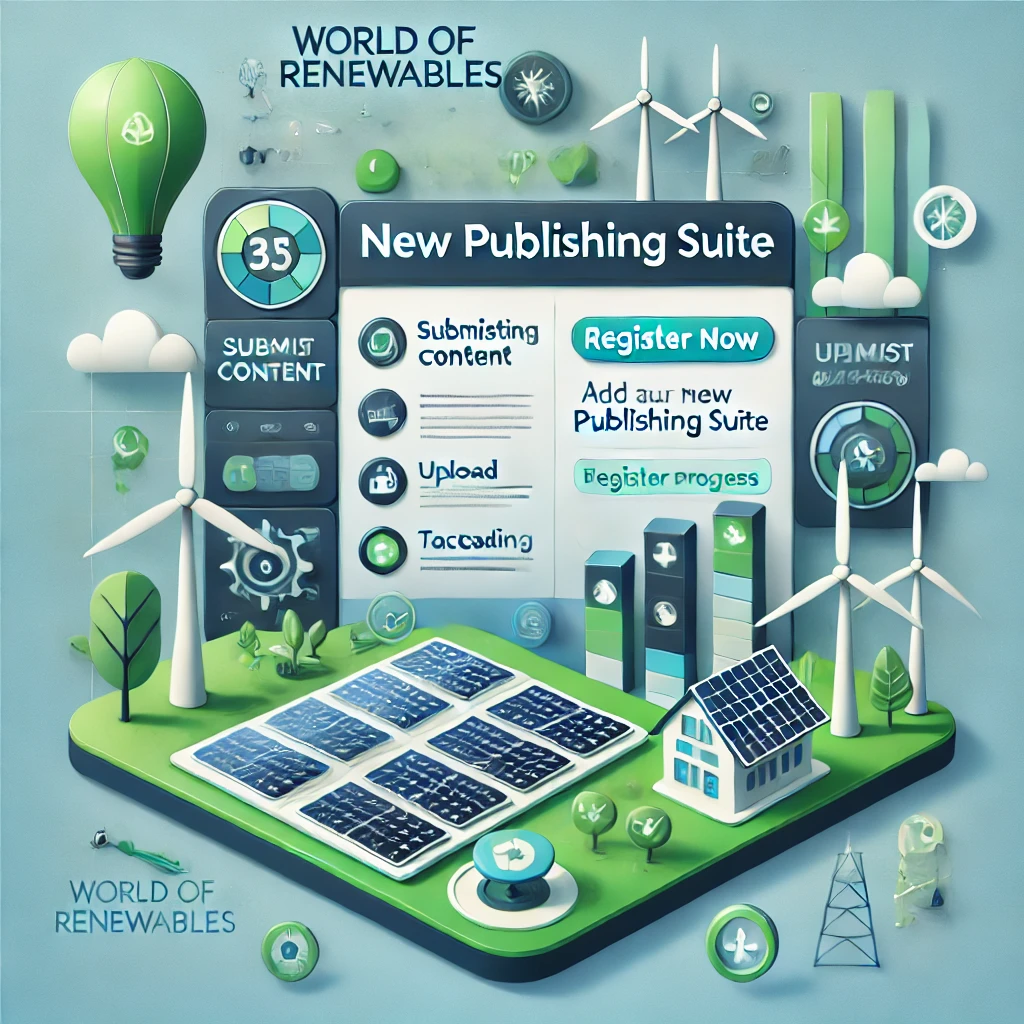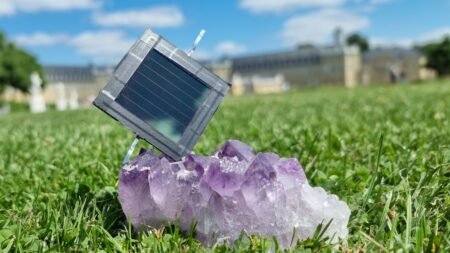After years of over promising and under delivering, the solar industry is finally starting to show some interesting developments
After years of over promising and under delivering, the solar industry is finally starting to show some interesting developments that have the potential to make solar power as cheap as fossil fuel on a cost-per-watt basis within five years.
Getting us to that state, called grid parity, would require solar companies to produce power for about $1 a watt. Is it possible anytime soon?
Many analysts think so, and the target date being touted around is 2015. The reason for this fresh optimism is a mixture of technological development and simple economics. Traditional conductive materials make up 40% to 50% of the cost of a finished module. Newer conductive materials (including amorphous silicon, cadmium telluride, and copper indium diselenide) only need to be about one micron thick, so material costs are significantly reduced.
But thin film solar cells are just the beginning. Here are a few more examples of the most cutting-edge and interesting advances in solar energy and the companies behind them.
Solar energy from salt.
Rice Solar Energy, a spin-off of United Technologies (UTX), is planning a solar energy installation in Riverside County, California. Salt — 4.4 million gallons worth — will be stored in a 538-foot tower surrounded by 18,000 mirrors called heliostats. The heliostats will aim light at the tower, subjecting the salt inside to such great temperatures that it melts, which creates steam which then spins the turbine thus creating electricity.
Internet access from sunlight.
Late last year, Meraki, a provider of wireless networking solutions, developed a solar self-powered WiFi device. The Meraki “Solar” uses a solar panel and a solar-charged battery to provide Internet access in hard-to-wire areas. The units can be mounted on roofs or poles or anywhere else that receives sun exposure.
iPhone juice without an outlet.
Anyone who has an iPhone (AAPL) is plagued by the relatively low battery life, but we were recently alerted to a solution in that beacon of invention oddities, the SkyMall catalog. A company called Novothink recently developed the first Apple-approved solar charger for the iPhone. The $70 “Surge” is like an iPhone case, except it has a solar panel on the back. Just snap it on, and you’ll have full access to the iPhone, while you charge. It even comes with a cord so you can hang the iPhone from a backpack or your wrist while outside. It will keep you Twittering all day long.
While all of those devices may be interesting, the first question on the minds of many may be just how close are we to generating all of our household electricity from solar power?
The answer: Closer than you think.
One Japanese company, The Seven Ryoju Estate Group Companies, recently announced that it has developed a rooftop unit called the “Eco Sky Roof” that can provide 65% of a household’s energy consumption from solar power. The roof works by creating a path of hot air between solar panels and a roof. That heat can be used to generate household heat and hot water, as well as electricity. The first installations are expected in 2010.
If solar companies can stay the course and deliver on their promises, maybe a world powered by clean energy has a chance of becoming reality










